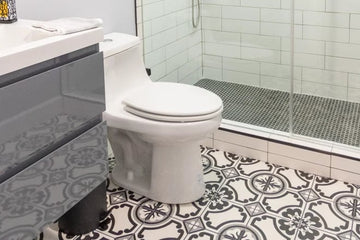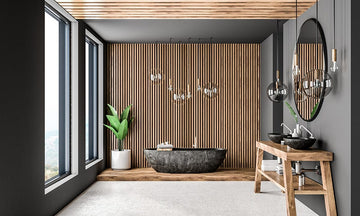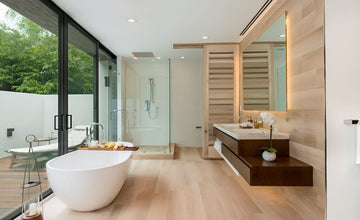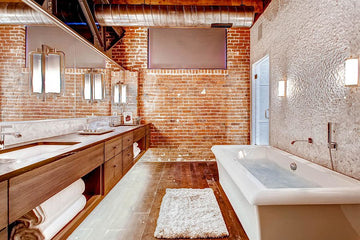In the constantly evolving world of plumbing and environmental efficiency, **top-rated low-flow toilets** have emerged as a pivotal innovation. These toilets are designed to use significantly less water than traditional models, often leading to substantial savings on water bills. But what makes these toilets stand out, and why should you consider them for your home or business?
Low-flow toilets are essential for reducing water usage and thereby conserving one of the planet's most precious resources. As water scarcity becomes a more pressing issue globally, adopting water-efficient technologies like low-flow toilets is both an economically and environmentally sound decision. With the growing emphasis on sustainability, these toilets are not just a trend but a necessity.
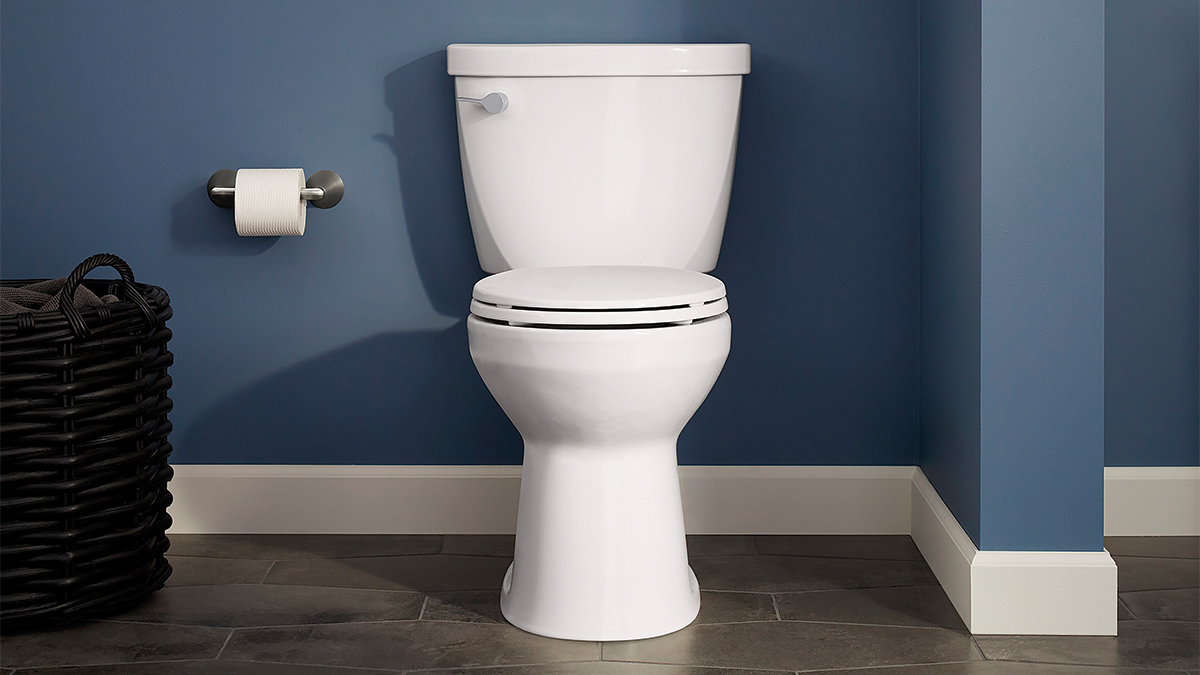
What Makes a Toilet Low-flow?
A low-flow toilet is defined by its ability to flush effectively using 1.6 gallons per flush (GPF) or less, compared to traditional toilets that use 3.5 to 7 GPF. This significant reduction in water use is achieved without compromising on performance, thanks to advancements in toilet technology.
For those unfamiliar with the term, low-flow toilets might seem like a compromise in terms of performance. However, modern low-flow toilets are designed to deliver powerful flushes while conserving water. The best low-flow toilets employ a combination of design features, such as pressure-assisted flushing mechanisms and dual-flush options, to ensure efficient and effective waste removal.
Benefits of Using Top-rated Low-flow Toilets
Environmental Impact
One of the most compelling reasons to switch to a low-flow toilet is its positive environmental impact. According to the Environmental Protection Agency (EPA), if a family of four replaces its older toilets with WaterSense labeled models, it can save 13,000 gallons of water per year. This not only reduces the strain on water supplies but also cuts down household water bills significantly.
Moreover, reducing water usage with low-flow toilets contributes to less energy consumption. Since water treatment and transportation require substantial energy, using less water helps decrease the overall carbon footprint of your household or business.
Cost Savings
The financial benefits of installing low-flow toilets are substantial. By minimizing water usage, homeowners can expect a noticeable decrease in their water bills. In some regions, rebates and incentives are offered for installing water-efficient fixtures, which can further offset the initial cost of purchasing a new toilet.
Performance and Reliability
Modern low-flow toilets are designed not only for efficiency but also for performance. Manufacturers have invested in research and development to ensure these toilets do not sacrifice flushing power. With features like pressure-assisted flushes and optimized trapways, low-flow toilets can effectively handle waste while using minimal water.
Choosing the Right Low-flow Toilet
When selecting a low-flow toilet, consider factors such as flush performance, design, and ease of installation. It's crucial to choose a toilet that meets your needs and fits well with your bathroom's design and plumbing infrastructure. For more insights on the benefits of dual-flush toilets, check out this article on dual-flush toilet advantages.
Additionally, consider the maintenance requirements and the availability of replacement parts. A reliable low-flow toilet should be easy to maintain, with readily available parts for any necessary repairs or replacements.
Top-rated Low-flow Toilet Models
Some of the most acclaimed low-flow toilets include the Toto Ultramax II, Kohler Wellworth, and American Standard H2Option. These models have received high praise for their efficiency, performance, and eco-friendly designs.
The Toto Ultramax II, for instance, is renowned for its powerful tornado flush system, which ensures thorough cleaning with minimal water usage. The Kohler Wellworth series is celebrated for its classic design and reliable performance, while the American Standard H2Option offers a dual-flush feature, allowing users to choose between a full or partial flush depending on their needs.
Installation Tips and Considerations
Installing a low-flow toilet is generally straightforward, but there are a few considerations to keep in mind. Ensure that your plumbing system can accommodate the new toilet's design and that you have the necessary tools and skills for installation. For those who are unsure, hiring a professional plumber can ensure proper installation and optimal performance.
For more detailed information on water-saving tips and how low-flow toilets can impact the planet, visit Woodlands Water.
Conclusion
Adopting top-rated low-flow toilets is a wise investment for both the environment and your wallet. By choosing a low-flow toilet, you are contributing to water conservation efforts and reducing your household's environmental impact. With numerous options available, finding a model that suits your needs and preferences is easier than ever.
For further insights into innovations in toilet technology, explore our in-depth article on innovations in dual-flush toilets.

Frequently Asked Questions
What is the difference between a low-flow toilet and a dual-flush toilet?
A low-flow toilet uses less water per flush compared to traditional models, while a dual-flush toilet offers two flush options: one for liquid waste and another for solid waste, allowing for even greater water efficiency.
Are low-flow toilets more expensive than traditional toilets?
While the initial cost of a low-flow toilet may be higher, the long-term savings on water bills and potential rebates make them a cost-effective choice.
Can low-flow toilets handle solid waste effectively?
Yes, modern low-flow toilets are designed to efficiently handle solid waste with advanced flushing systems, ensuring effective waste removal.

